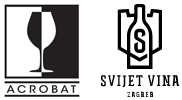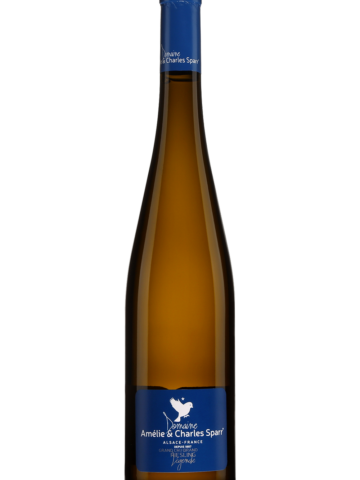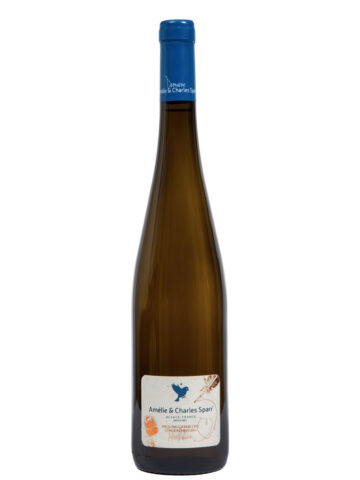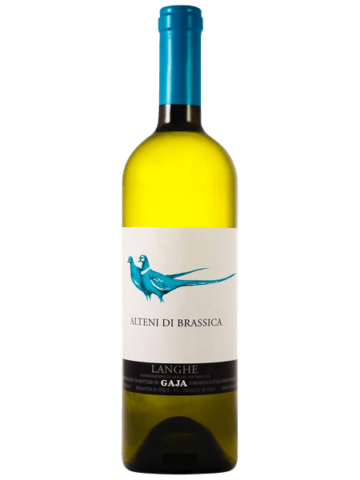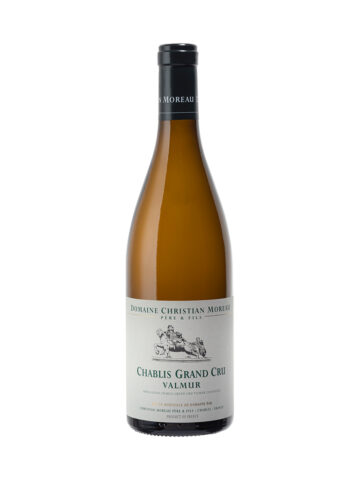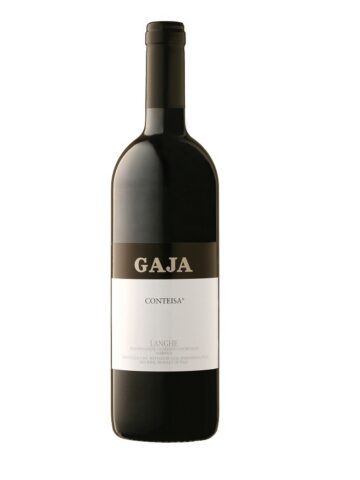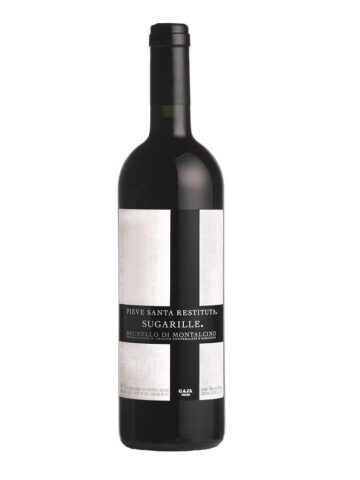REGIJA
Alsace je povijesna i kulturna regija koja se nalazi na sjeveroistoku Francuske na granici s Njemačkom i Švicarskom. Regija se sastoji od dva departmana: Bas-Rhin i Haut-Rhin. Alsace je zemljopisno smješten između planinskog masiva Vogeza i rijeke Rajne.
Alsace je od 962. jedna od provincija Svetog Rimskog Carstva njemačkog naroda. Nakon aneksije kralja Luja XIV Alsace je pod francuskom vlašću od sredine 17. stoljeća. Tijekom Francuske revolucije Elzašani su bili njezini veliki pobornici, te je upravo u Alsaceu nastala francuska himna Marseljeza. Nakon francuskog poraza u Francusko-pruskom ratu 1870. godine, Alsace, kao i pokrajina Lorraine, su dio Njemačkog Carstva i to kao carska zemlja Alsace-Lorraine. Ovi događaji proizveli su u francuskom narodu duh revanšizma koji će utjecati na kasniji razvoj povijest prije Prvog svjetskog rata. Kao carska zemlja, Alsace-Lorraine dobio je 1911. novi ustav. Pobjedom Antante 1918. godine Alsace je vraćen Francuskoj, ali ga je Adolf Hitler opet pripojio Njemačkoj 1940. godine da bi konačno pripao Francuskoj krajem Drugog svjetskog rata u Europi, 1945. godine.
Alsace vino proizvodi se u regiji Alsace u Francuskoj i prvenstveno je bijelo vino. Zbog svog germanskog utjecaja jedina je regija Appellation d’Origine Contrôlée u Francuskoj koja proizvodi uglavnom sortna vina, obično od sličnih sorti grožđa onima koja se koriste u njemačkom vinu. Uz Austriju i Njemačku, proizvodi neka od najpoznatijih suhih rizlinga na svijetu, kao i visoko aromatična vina Gewürztraminer. Vina se proizvode pod tri različita AOC-a: Alsace AOC za bijela, ružičasta i crvena vina, Alsace Grand Cru AOC za bijela vina iz određenih klasificiranih vinograda i Crémant d’Alsace AOC za pjenušava vina. Proizvode se i suha i slatka bijela vina.
U 2006. godini vinova je loza uzgajana na 15.298 hektara (37.800 hektara) u 119 sela u Alsaceu, a proizvedeno je 111,3 milijuna litara vina, što odgovara 148,4 milijuna boca od 750 ml, što je donijelo 478,8 milijuna eura prihoda. Od površine vinograda 78% je klasificirano za proizvodnju vina AOC Alsace, 4% za AOC Alsace Grand Cru i 18% za AOC Crémant d’Alsace.
Važan utjecaj u povijesti vina Alsacea imale su ponovljene promjene državljanstva regije Alsace, koje su nekoliko puta kroz povijest prelazile iz Francuske u Njemačku i obrnuto. U ranoj povijesti vinogradarske industrije Alsacea njima se trgovalo zajedno s drugim njemačkim vinima, jer je Rajna osiguravala sredstva za prijevoz vina. U velikom dijelu ere nakon Drugog svjetskog rata vinski stilovi u Alsaceu i Njemačkoj su se razišli, jer su vina Alsacea ostala u potpunosti fermentirana, odnosno suha, u velikoj mjeri jer su trebala biti uparena s hranom. U istoj eri Alsace je također doživio težnju ka višoj kvaliteti, što je dovelo do dodjele statusa AOC. Posljednjih desetljeća razlika između Alsacea i Njemačke smanjila se otkako su njemačka vina postala suha i moćnija, dok su mnoga vina Alsacea postala slađa, a vina kasne berbe i desertnog stila “ponovno otkrivena” u Alsaceu dok su VT-a i SGN-a oznake uvedene 1983. godine.
Geografiju vinorodnog područja u Alsaceu određuju dva glavna čimbenika, planine Vosges na zapadu i rijeka Rajna na istoku. Vinogradi su koncentrirani u uskom pojasu, koji ide otprilike u smjeru sjever-jug, na nižim istočnim padinama Vogesa, na nadmorskoj visini od 175–420 m. Te nadmorske visine pružaju dobru ravnotežu između temperature, drenaže i izloženosti suncu. Zbog pretežno zapadnih vjetrova, planine Vosges imaju tendenciju zaštititi Alsace od kiše i pomorskog utjecaja, a regija je stoga prilično suha i sunčana. Kiša u Colmaru iznosi 500 mm, ali se može jako razlikovati među mjestima i najsuši je grad u Francuskoj.
Geologija Alzasa prilično je raznolika, s mnogo različitih vrsta tla zastupljenih u vinogradima. Alsace tla rezultat su svog položaja na geološkom rasjedu. Route des Vins d’Alsace (vinska ruta Alsace) je cesta duga oko 170 kilometara (110 milja), koja prelazi glavna područja proizvodnje vina u regiji kroz 67 općina.
Alsace is a historical and cultural region located in the northeast of France on the border with Germany and Switzerland. The region consists of two departments: Bas-Rhin and Haut-Rhin. Alsace is geographically located between the Vosges mountain range and the Rhine River.
Alsace has been one of the provinces of the Holy Roman Empire of the German people since 962. After the annexation of King Louis XIV, Alsace has been under French rule since the mid-17th century. During the French Revolution, the Alsatians were its great supporters, and it was in Alsace that the French anthem of Marseilles was composed. After the French defeat in the Franco-Prussian War in 1870, Alsace, as well as the province of Lorraine, were part of the German Empire as the imperial land of Alsace-Lorraine These events produced in the French people a spirit of revanchism that would influence the later development of history before the First World War. As an imperial country, Alsace-Lorraine received a new constitution in 1911. With the victory of the Entente in 1918, Alsace was returned to France, but Adolf Hitler reunited it with Germany in 1940 to finally belong to France at the end of World War II in Europe, in 1945.
Alsace wine or Alsatian wine is produced in the Alsace region in France and is primarily white wine. Because of its Germanic influence, it is the only Appellation d’Origine Contrôlée region in France to produce mostly varietal wines, typically from similar grape varieties to those used in German wine. Along with Austria and Germany, it produces some of the most noted dry Rieslings in the world as well as highly aromatic Gewürztraminer wines. Wines are produced under three different AOCs: Alsace AOC for white, rosé and red wines, Alsace Grand Cru AOC for white wines from certain classified vineyards and Crémant d’Alsace AOC for sparkling wines. Both dry and sweet white wines are produced.
In 2006, vines were grown on 15,298 hectares (37,800 acres) in 119 villages in Alsace, and 111.3 million litres of wine was produced, corresponding to 148.4 million bottles of 750 ml, generating 478.8 million euro in revenue. Of the vineyard surface, 78% was classified for the production of AOC Alsace wines, 4% for AOC Alsace Grand Cru, and 18% for AOC Crémant d’Alsace.
An important influence in the history of Alsace wine has been the repeated changes of nationality of the Alsace region, which has passed from France to Germany and vice versa several times throughout history. In the early history of the Alsace wine industry, they were traded together with other German wines since Rhine provided the means to transport the wines. In much of the post–World War II era, wine styles in Alsace and Germany diverged, as Alsace wines remained fully fermented, that is dry, to a large extent because they were intended to be paired with food. In the same era, Alsace has also experienced a drive to higher quality, which led to AOC status being awarded. In recent decades, the difference between Alsace and Germany has diminished, since German wines have become drier and more powerful, while many Alsace wines have become sweeter and the late harvest and dessert style wines have been “rediscovered” in Alsace since the VT and SGN designations were introduced in 1983.
The geography of the wine growing area in Alsace is determined by two main factors, the Vosges mountains in the west and the Rhine river in the east. The vineyards are concentrated in a narrow strip, running in a roughly north–south direction, on the lower eastern slopes of the Vosges, at altitudes of 175–420 m.Those altitudes provide a good balance between temperature, drainage and sun exposure. Because of predominantly westerly winds, the Vosges mountains tend to shelter Alsace from rain and maritime influence, and the region is therefore rather dry and sunny. Rainfall in Colmar is 500 mm, but can vary greatly between sites, and is the driest city in France.
Alsace’s geology is quite varied, with many different kinds of soils represented in the vineyards.Alsace’s soils are a result of its location at a geological fault.
The Route des Vins d’Alsace (Wine route of Alsace) is an approximately 170-kilometre-long (110 mi) road, crossing the main wine producing areas of the region following 67 communes .
